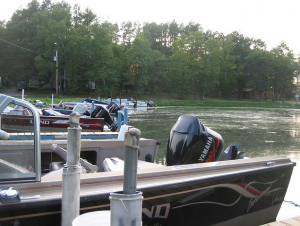What Is Maltreatment Of A Minor?
Maltreatment is a civil finding that a caregiver committed acts that meet the definition in the “maltreatment” in the Minnesota state law known as the Maltreatment of Minors Act. Maltreatment can take many forms including physical abuse, neglect, and sexual abuse. While the stated purpose of the law is to protect children, the law is very broad and often affects caregivers who have done little or nothing wrong. A maltreatment determination can be disastrous to a person who works in any field caring for children or vulnerable adults. Some maltreatment cases result in a 7-year disqualification from working in these “direct care” positions. Make sure you understand the law and get help with your appeal.
How Will I Know Maltreatment Was Determined?
Maltreatment determinations can come from the County, the Minnesota Department of Human Services (DHS) or the Minnesota Department Health (MDH). Generally, DHS and MDH investigate allegations of maltreatment at facilities. The County investigates all other claims of maltreatment. When a caregiver receives a notice that they committed maltreatment, it might say something similar to, “it was determined that maltreatment occurred, but no ongoing child protection services are necessary.” The reader identifies this as a positive notice because its states they do not need child protection services. While this is certainly good news, one must understand that the maltreatment determination, even without additional services is very damaging.
How Does A Maltreatment Determination Affect Me?
Maltreatment cases are civil matters and are not public data. If the state determines you committed maltreatment and you don’t appeal, or you appeal and lose, the maltreatment finding will NOT appear on a regular background check conducted by a private employer. For example, if you apply for a job at Target and it conducts a background check, the maltreatment case will not appear.
However, if the Department of Human Services conducts a “background study” it will find the maltreatment determination. DHS conducts background studies on any person who seeks to work with children or vulnerable adults and facilities licensed by DHS or MDH. If DHS finds the maltreatment determination, then it will determine if the maltreatment disqualifies you from having contact with vulnerable individuals. Specifically, DHS will determine if the maltreatment was “serious” or “recurring.” If DHS deems the maltreatment serious or recurring, you will be disqualified from working in direct care positions for 7 years. If DHS determines that the maltreatment was neither serious nor recurring, you are is NOT disqualified from providing care to vulnerable individuals.
Jon Geffen is an experienced litigator in the area of maltreatment appeals. Please contact Jon Geffen with any questions about maltreatment or the appeal process. Jon provides a free initial consultation. Jon is available at (612) 465-8580 or at jon.geffen@arnesongeffen.com



